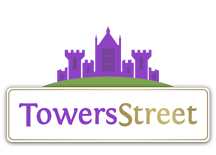Rojo
TS Member
Interestingly, it would appear that the government has shifted its vaccination strategy towards giving as many people as possible their first dose, as even one dose apparently still gives “very effective protection”. Everyone will still receive their second dose, but within an extended deadline of 12 weeks of the first dose as opposed to the 3-4 that it was before.
Interesting... what do you guys think?
@Dave mentioned this earlier in the thread that they are dosing as many as they can (with the Pfizer vaccine at least at that time) and banking on the delivery of the second dose not being delayed.
Which is great for getting it out there and building some resistance but what happens if you get a delayed second response does the efficacy go down? Is it completely useless? Etc...
I don't have the answers but it definitely comes across as a roll of a dice strategy out of desperation more than appearing to be part of the plan.

